#Aphroditus
Text
"There's also a statue on Cyprus that's bearded, shaped and dressed like a woman, with a scepter and male genitals, and they conceive her as both male and female. Aristophanes called her Aphroditos, and Laevius says: "Worshipping, then, the nurturing god Venus, whether she is female or male, just as the Night-Shiner is a nurturing goddess." In his Atthis Philochorus, too, states that she is also the moon and that men sacrifice to her in women's dress, women in men's, because she is held to be male and female."
— Saturnalia: Books 3-5, Volume 2, by Ambrosius Aurelius Theodosius Macrobius, edited and translated by Robert A. Kaster
672 notes
·
View notes
Photo

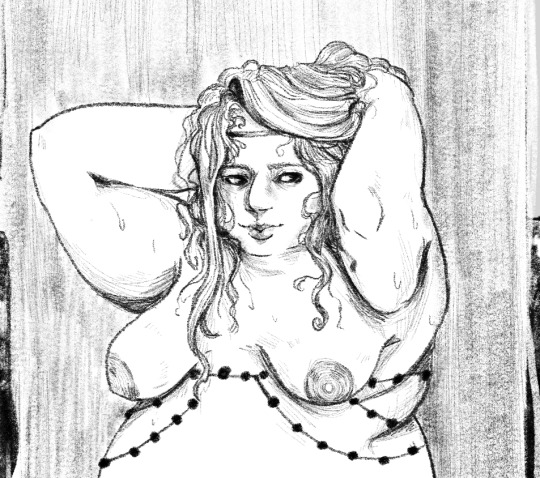
THE EROTES, winged gods of love.
— HERMAPRODITUS, god of androgyny.
#hermaphroditus#hermaphroditos#aphroditus#greek god#greek goddess#greek mythology#greek myth art#deity devotion#the erotes#greek myths#its artistic nudity#i've asked hermaphroditus for help in getting t and dealing w folks#considering i live in a super anti trans state#and they've brought me comfort and help#i quite enjoy their presence
221 notes
·
View notes
Text
Ares and Aphroditus are my patron gods for my transition. Ares gives me the courage and inspiration to do what I need to even if it's scary, and he inspires me to fight against what holds me back. Aphroditus gives me a divine mirror to look to, an icon of hope, a god just like me. Being transgender is holy and good and the gods have our backs.
Hail Ares, god of trans men.
Hail Aphroditus, god of all trans poeple.
#witchcraft#witchblr#pagan#paganism#ares deity#ares devotee#aphroditus deity#aphroditus#trans#transgender#ftm#trans man#transmasc#queer#lgbt
120 notes
·
View notes
Note
this may seem like a weird question, and if this comes across as disrespectful i apologize. but, could lady aphrodite be - well - a man? could they appear to a devotee of theirs as male instead of female? i know spirits' appearances are fluid and change depending on who, when, where, what, and so on, but, is it possible that they ever change their gender? i've never seen anybody mention it, and, aphrodite doesn't feel female to me, instead they feel as a gender-reversed version of themself.

DID YOU MEAN APHRODITUS ?!
Lol I love this topic. Yes! You are not confused in feeling a male or masculine energy in Aphrodite. There’s a LOT of really cool history that goes into the archetype of the God(dess) of Venus and love and war, but to make a very long story short, Aphroditus (or Aphroditos) was the male Aphrodite originating from Amathus on the island of Cyprus and celebrated in Athens. He was later then syncretized with the offspring of Aphrodite and Hermes, Hemaphroditus. Different interpretations may or may not consider them to be the exact same entity. What we do know is that both Aphroditus and Hermaphroditus are always portrayed with an androgynous, intersex, or transsexual body, a mix of female and masculine traits and anatomy.
It’s widely accepted that Aphrodite/ Aphroditus is derived from the Mesopotamian Goddess Inanna/Ishtar. Inanna is a very important deity in regards to gender and sexuality, as she was the Goddess known to transform men into women and women into men. She was the patron of transgendered, intersex, and nonbinary people, and her holy priests and priestesses were very queer! She was portrayed with a beard, breasts, basically whatever she wanted lol, as she was believed to be the origin of queerness itself. All bodies, male, female, or something in between, are capable of exercising the joy of Inanna!
In general, the energy that we receive from Venus has always seemed to be inherently queer, gender bending, and fluid, which makes sense for the planet of love- love for others as well as love for the self! It transcends our traditional understanding of gender and sex and shows us how all of these identities are beautiful and powerful.
People often associate Aphrodite very highly with females vagina power, which she totally does embody to the max of course, but she also very much represents love for the self that transcends the flesh. She has always been the biggest ally to transmascs and femmes. In some interpretations, the God(dess) may be trans and queer themselves.
As a trans man myself, I personally view Lord Lucifer as an Aphroditus, the beautiful son of an Aphrodite. The divine masculine aspect of Venus that exists within the divine feminine. Combined with his values of self love, luxury, freedom, knowledge, and the courage to be your most authentic self, I see Lucifer, Aphroditus and Aphrodite as the pillars of queer divinity.
#witchcraft#magick#occultism#pagan#demonology#paganism#witch community#witch aesthetic#witchblr#grimoire#queer community#queer#inanna#aphrodite deity#aphrodite#aphroditus#lucifer deity#luciferian witch#deity witchcraft#deity#deity work
35 notes
·
View notes
Text
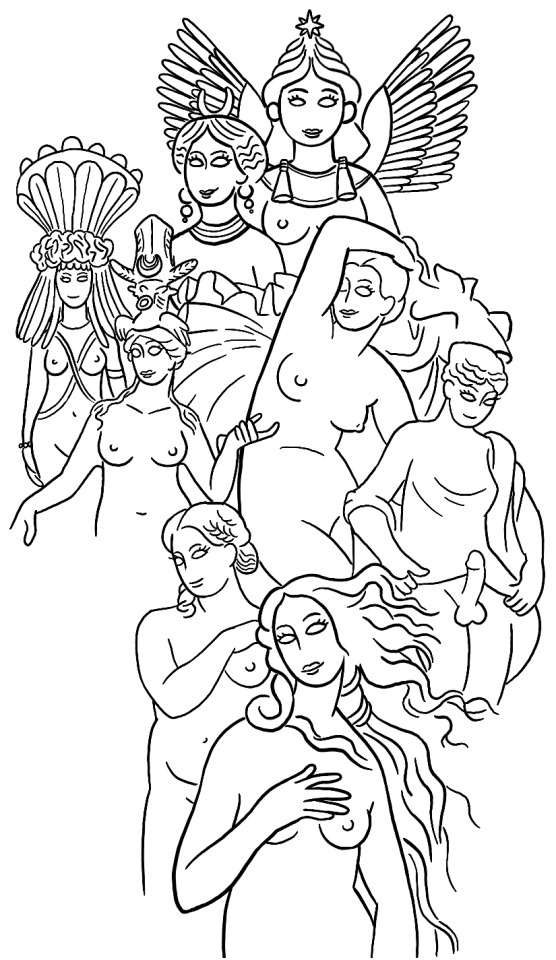
Aphrodite in all her aspects
#aphrodite#venus#ishtar#inanna#astarte#aphroditus#aphrodite urania#aphrodite pandemos#venus genetrix#aphrodite isis#aphrodite hathor#goddess#deity#paganism#greek mythology#mythology#deities#Phoenician#sumerian#akkadian#assyrian#roman#greek#babylonian#sketches
1K notes
·
View notes
Text
Trans people in Greek mythology 🏳️⚧️💗
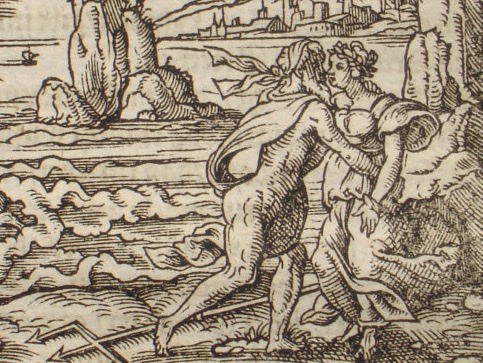

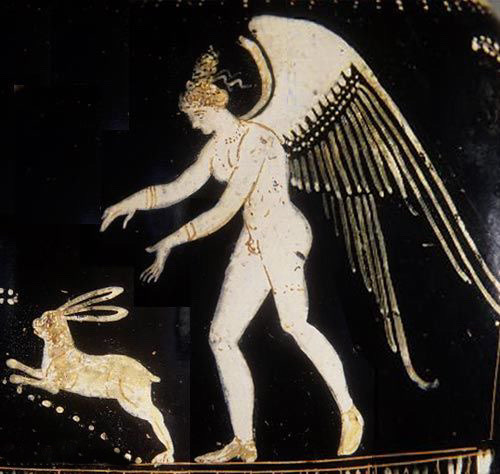
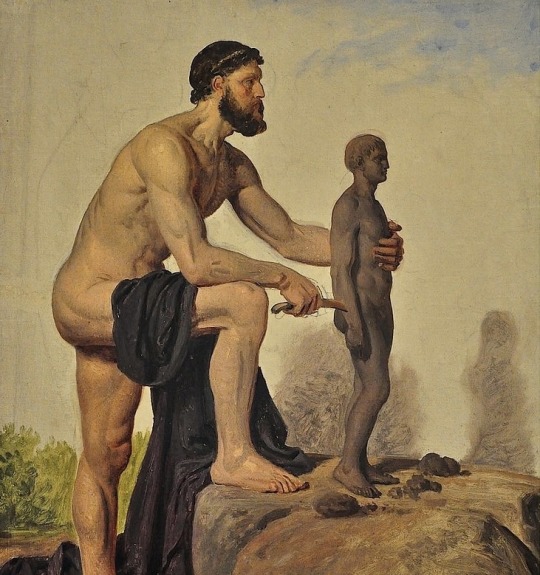
1. Caenis, a Thessalian AFAB princess who was Poseidon’s lover. The god granted him the wish to turn into a man and as a gift gave him impenetrable skin. He changed his name to Caineus.
2. In the island of Cyprus some statues were found that depicted Aphrodite with a penis, these were called ‘Aphroditus’. This figure was believed to avert evil and bestow good luck.
3. Hermaphroditus was the son of Hermes and Aphrodite and the god of intersex people and feminine men. He was depicted as a winged teenager with both male and female features- usually female thighs, breasts, and hairstyle, and male genitalia.
4. There’s a myth where Prometheus was creating humans, got drunk and accidentally placed male genitals in a female body and viceversa.
#greek mythology#greek gods#aphrodite deity#hermes deity#aphroditus#pride month#poseidon deity#prometheus deity#trans pride
445 notes
·
View notes
Text

Bearing an image of the queer and androgynous god/dess Hermaproditus, this saint-style pendant is perfect for pride season.
Hermaphroditus, sometimes Aphroditus, is the most famous of the Erotes, the children of Aphrodite who inspire love and lust. Although they are best known to modern people through the salacious and mean-spirited tales of Ovid, their cult can be traced back to Cyprus in the 7th Century BCE, where their rites included cross-dressing by both men and women.
The name Hermaphroditus emphasizes their divine parentage: Hermes and Aphrodite, and is the origin of the once-technical term that has become a modern slur.
#Hermaphroditus#Herm-Aphrodite#Aphroditus#Genderqueer#Pride Month#Gay Pride#Bisexual Pride#Pride 2023#Pride Jewelry#Jewelry Art#Jewelry#Art Jewelry#Queer Artist#Queer Jeweler#LGBT#Sorcerers Workbench
17 notes
·
View notes
Text

aphroditus/hermaphroditus got me feelin’ all kinds of ways. we have always been here.
#Trans#transgender#transgirls#trans pride#transisbeautiful#aphroditus#hermaphroditus#greek mythology#greek gods#girlslikeus#lgbtq#trans history
366 notes
·
View notes
Text

This turned out better than expected
anyways I love Aphroditos and I would’ve drawn her sooner if I had any idea how to make it work without making her look like Aphrodite with a phallus (which I cannot draw at all). Primarily she has a beard and smaller boobs than i usually give Aphrodite. This design is meant for the iterations where Aphroditos is distinct from Hermaphroditos but not Aphrodite but also somewhat separate idk it makes sense in my mind on the extent of diffusion and mixing of divinities but I can’t put it into words.
#There’s also some Venus barbata thrown in bc yk#art#greek myths#greek mythology#traditional art#greek myth#mythology#greek gods#artwork#watercolours#watercolour#Illustration#aphroditus#aphroditos#aphrodite
7 notes
·
View notes
Text
🦢🩷❤️🩵🩷❤️🩵🩷❤️🩵🩷❤️🩵🩷❤️🩵🦢
Hello there!
Welcome! This blog will be used as a digital altar to Holy Lady Aphrodite :)
Some info about me:
I use they/she/he pronouns
I am a witch
I’ve been worshiping Lady Aphrodite for about two years
Some info about this blog:
Hate and discrimination of any kind is strictly prohibited. T*RFS fuck off!
Praise Her name!
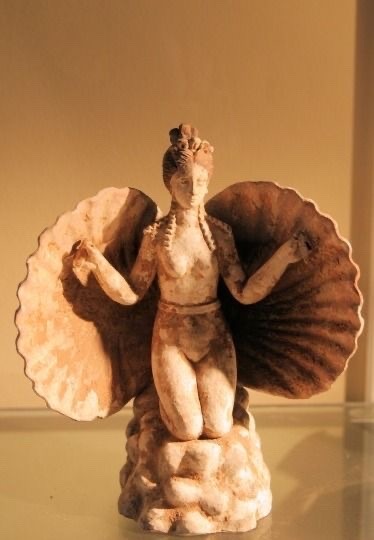
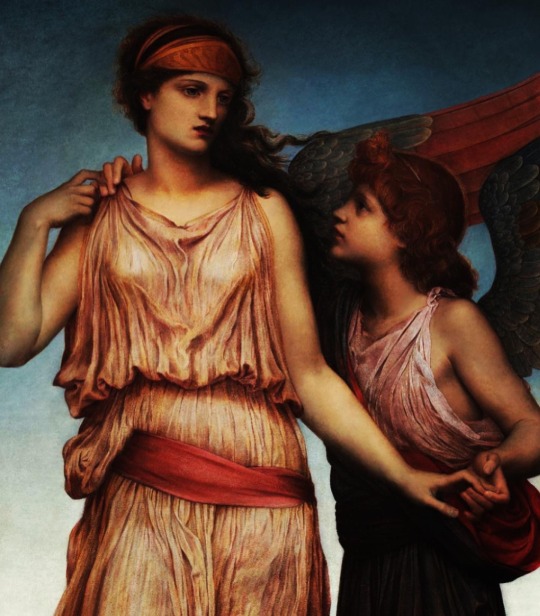

🕊️🩷❤️🩵🩷❤️🩵🩷❤️🩵🩷❤️🩵🩷❤️🩵🕊️
#Lady Aphrodite#Aphrodite#aphrodite deity#aphrodite worship#aphroditus#aphrodite goddess#hellenic#hellenic pagan#helpol#digital altar
16 notes
·
View notes
Text
Still laughing about that one anon who accused me of “limiting the gods by giving them human traits” bc i said Aphrodite is trans but then began explaining that Aphroditus could represent the female archetype with male qualities/energies.
Tranphobes really be stepping all over themselves trying to excuse away our existence.
64 notes
·
View notes
Text
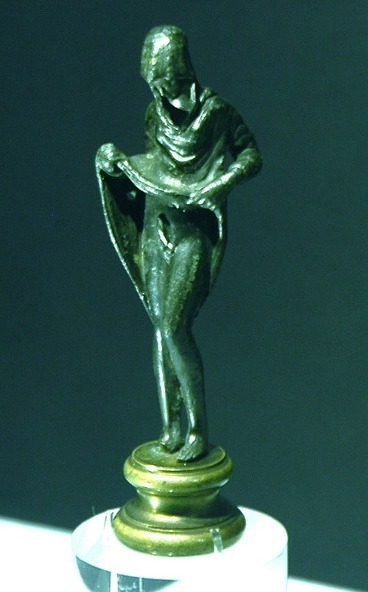
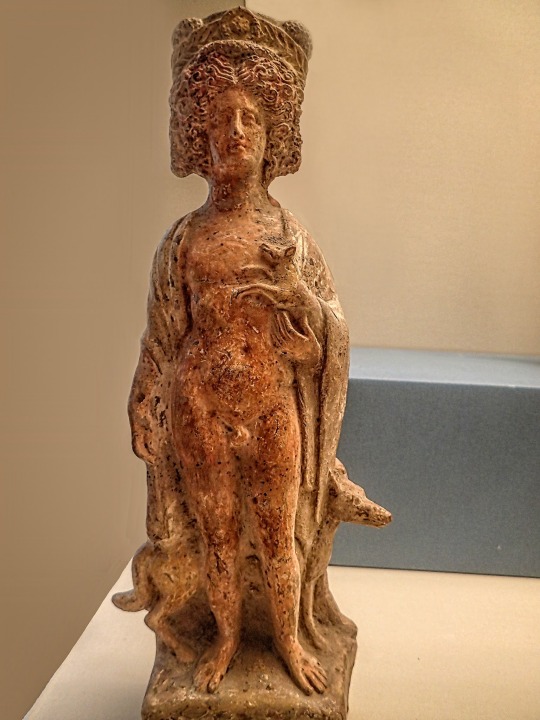
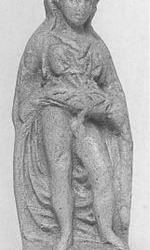
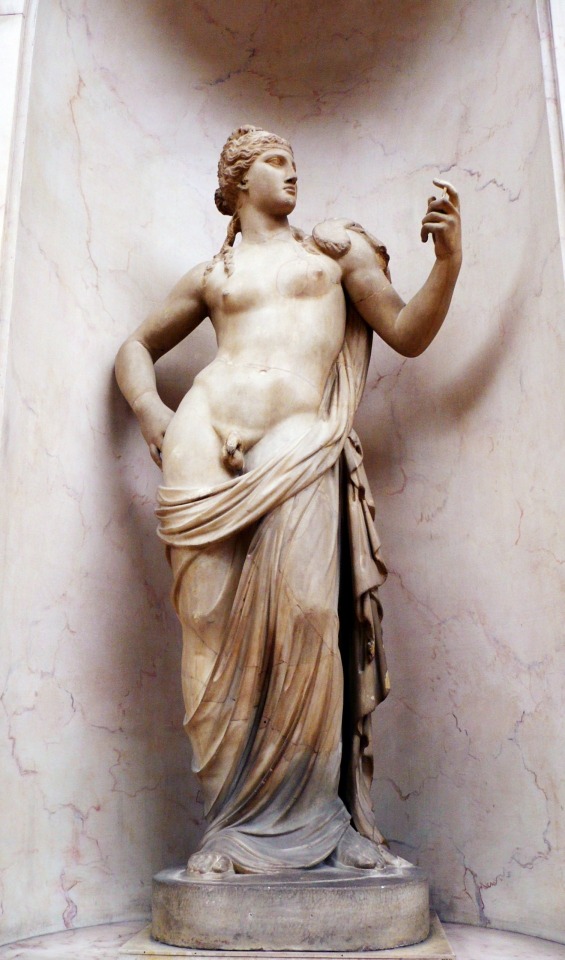
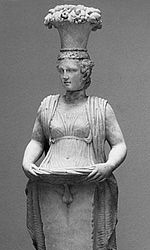
Khaîre Aphroditus TERFs die mad 💗💗💗💗
#Aphroditus#Lady Aphrodite loves trans people#Hellenic pagan#helpol#Lady Aphroditus#Lord Aphrodite#gender#terfs go away
27 notes
·
View notes
Text
"There's also a statue of Venus on Cyprus, that's bearded, shaped and dressed like a woman, with scepter and male genitals, and they conceive her as both male and female. Aristophanes calls her Aphroditus, and Laevius says: Worshiping, then, the nurturing god Venus, whether she is male or female, just as the Moon is a nurturing goddess. In his Atthis Philochorus, too, states that she is the Moon and that men sacrifice to her in women's dress, women in men's, because she is held to be both male and female."
[Macrobius; Kaster, Robert A. (2011), Saturnalia, Volume 2, Harvard University Press; p. 58 - via Wikipedia.]
5 notes
·
View notes
Note
Hi, I'm a multigender trans intersex person (bigender transmascfem androgyne, sometimes agender) and I've been feeling a calling towards some kind of occult / pagan / witchcraft practice but am having a very hard time finding anything that will honor both my multigenderness and my intersex body/variation. I was wondering if you knew of any resources or specific practices that might be accepting of this? I had a friend tell me to try out Wicca but it seemed to be very binary-focused in everything I read. Thank you so much for your time!
Wicca is definitely pretty binary focused. Its also diverse and there are many different ways of practicing Wicca, but the fundamental theology is based in a strict binary of the Mother Goddess and the Horned God, and a lot of its beliefs are based on this balance of male/female. As a result much of early Wicca (and some modern Wicca) was very homophobic & gender-sex essentialist (there's also Dianic Wicca, which is goddess-centric and therefore very popular with TERFs). There are trans Wiccans & Wiccan paths which are less binary (or less strict about it), but I wouldn't blame you for not wanting to engage with it.
With Witchcraft, there's a lot more room because "witchcraft" itself isn't its own spiritual tradition as much as a practice or skill you can engage in. In a very general sense Witchcraft is "doing x thing to get y result (through some spiritual/supernatural/mystical method)," so how much you get into cissexism and binary thinking is really dependent on how you see things. For example, a Wiccan might have a very binary view of magic & spiritual energy, but another person might not consider gender at all when doing magic.
A lot of European & WANA (West Asia North Africa) polytheism has some genderfuckery somehwere in its mythology. Inanna/Ishtar in Sumerian/Akkadian/Assyrian polytheism is one example: you might be aware that She had transfeminine devotees called the gala, and she was described as having the ability to "turn a man into a woman and a woman into a man." She has a myth where she descends into the Underworld to confront her sister Ereškigal and gets trapped there. To get her out, Enlil/Ea creates either two sexless beings (gala-tura and kur-jara), or one androgynous being/eunuch (Asušunamir) to save her.
There's also Cybele/Magna Mater in Rome, who also had transfeminine devotees called galli. In Greek polytheism, there is Dionysus, who was heavily associated with gender non-conformity, having been raised as a girl in some versions & having the epithet Androgynos. Aphrodite has the form Aphroditus, who has a beard penis and was worshipped by male and female devotees through crossdressing rituals, and generally her role as Aphrodite Pandemos, a love goddess for all people, has made her popular with queer polytheists. There is also Hermaphroditus, the child of Aphrodite and Hermes, who became intersex/genderqueer when he joined bodies with the nymph Salmacis; a pool formed where this happened that was said to have the ability to androgynize anyone who bathed in it. They were, as you can imagine, heavily associated with androgyny and the union of male and female. In Norse Heathenry, Loki has been seen as an androgynous figure; he transforms into a woman/female animal in multiple myths, and in the Hyndluljóð he eats the heart of a woman and gives birth to several creatures.
There are definitely other deities who have androgynous aspects who I'm forgetting, but in general you can find a lot of genderqueerness throughout polytheist religion. Although there are still transphobic & intersexist witches/pagans/polytheists, and those who use ancient patriarchal practices to justify their behavior. In general I'd recommend seeking out specifically trans & intersex pagans/polytheists/witches and learning from their practices to see what calls to you. Even beyond ancient practices, a lot of modern trans & intersex polytheists worship modern, specifically trans forms of otherwise binary deities. so don't feel the need to limit yourself to just what people in the past practiced. I hope this was helpful.
#m.#ask box#advice#hellenic polytheism#heathenry#aššurism#religio romana#witchcraft#trans witch#trans pagan#intersex witch#intersex pagan#trans devotees#aphrodite#aphroditus#hermaphroditos#inanna#asušunamir#cybele#magna mater#loki
12 notes
·
View notes
Text
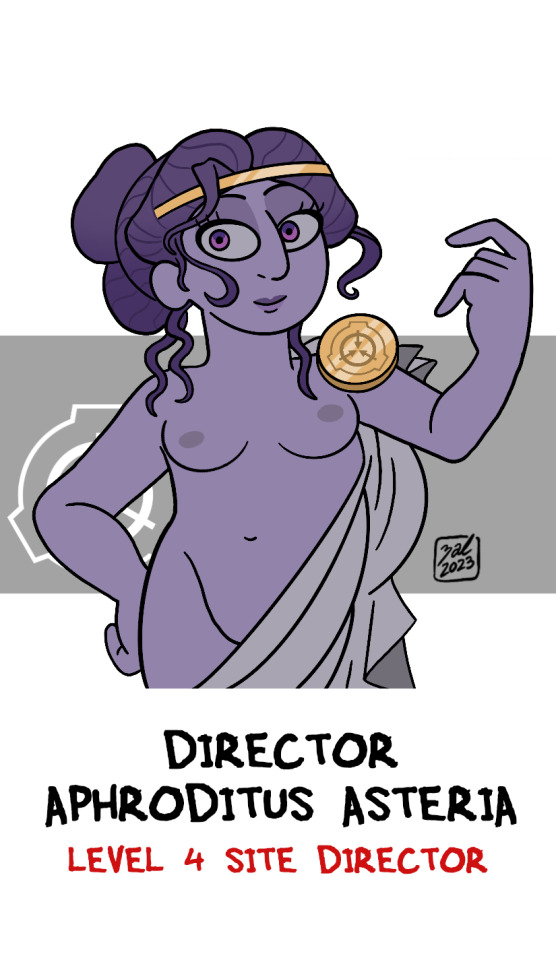

Some Foundation blorbos
113 notes
·
View notes
Text
Nonbinary Moon in Ancient Greek religion and magic
Despite being associated in Ancient Greek culture mostly with femininity, in some primary sources the Moon and lunar deities are depicted as female and male at once. The Orphic Hymn to Selene describes the Moon Herself thus:
Female and Male with borrow’d rays you shine, and now full-orb’d, now tending to decline.
Mother of ages, fruit-producing Moon [Mene], whose amber orb makes Night’s reflected noon
(trans. Thomas Taylor)
Androgyny is a common theme in Orphicism, whether for deities such as Phanes - for whom being both male and female is one of the main attributes - or those usually depicted as one, binary gender. However, the nonbinary lunar doesn’t end with Orphicism.

[picture: a relief of Selene]
If you’ve been at least lurking in Hellenic Pagan side of Tumblr, you have possibly already learnt about Aphroditus, who became sort of trans icon here. What you might not know is that he was a lunar deity as well. The Roman writer Macrobius, who identifies her with Venus, describes him thus in Saturnalia:
There’s also a statue of Venus on Cyprus, that’s bearded, shaped and dressed like a woman, with scepter and male genitals, and they conceive her as both male and female. Aristophanes calls her Aphroditus, and Laevius says: Worshiping, then, the nurturing god Venus, whether she is male or female, just as the Moon is a nurturing goddess. In his Atthis Philochorus, too, states that she is the Moon and that men sacrifice to her in women’s dress, women in men’s, because she is held to be both male and female.
At last, the nonbinary Moon can be found in Greek Magical Papyri as well. The fragment below comes from a spell calling upon a syncretic goddess identified with Hekate, Selene and many others.
I call you, triple-faced goddess
Mene, O light-beloved
Hermes / and Hekate at once
Male-female child together
- PGM IV. 2608-2611
The word Mene means the same as Selene - the Moon, and was often used as an alternate name for the goddess. Possibly this fragment - syncretizing Hermes and Hekate, two closely connected but almost never equated deities - can be also linked to the mysterious Hermekate appearing elsewhere in the PGM.
Those are examples I know - if any of you know more, I’d love to hear about it. What we can see even now is that the nonbinary lunar, despite the obscurity, was a recurring motif that could appear in very different traditions of Ancient Greece.
#selene#hermes#hekate#aphroditos#aphroditus#mene#hellenic deities#hellenic paganism#hellenic polytheism#ancient greek magic#queer#lunar deities#czortposting
138 notes
·
View notes